✓ Handpicked Luxury Stays in Budget on 🏡 booking.com
com/landmarks/oceania-landmarks/landmarks-of-australia/”>landmarks in Africa, you’d know there are quite a few of them are here in Tanzania.
Tanzania’s landmarks are like grand storytellers that speak volumes about its history, culture, and natural wonders.
From the majestic Kilimanjaro towering over the lush plains, to the iconic Serengeti National Park teeming with wildlife, and the ancient ruins of the Swahili Coast, every landmark is a chapter in Tanzania’s magical tale of adventure.
1. Mount Kilimanjaro
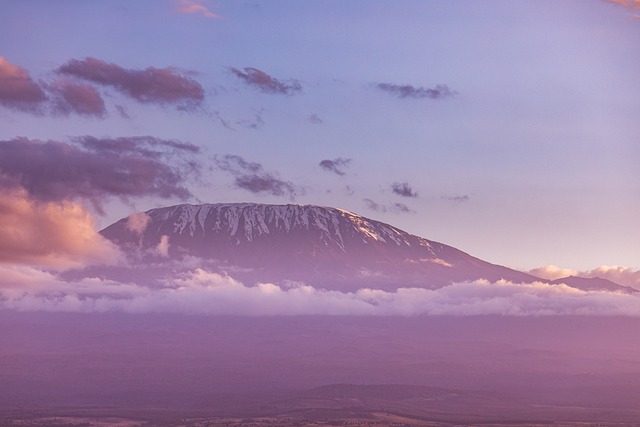
Mount Kilimanjaro is the highest peak in Africa, with an elevation of 19,341 feet (5,895 meters) above sea level. It is a dormant volcanic mountain located in Tanzania.
What to see or do: Climbing Mount Kilimanjaro is a popular bucket list activity for adventurous travelers. The trek to the summit takes several days and requires a reasonable level of fitness.
Along the way, hikers will pass through several different ecological zones and witness breathtaking views of the surrounding landscape.
Don’t miss: The most popular route up the mountain is the Marangu route, which usually takes 5-6 days. The Machame route is a bit more challenging but offers stunning scenery.
Regardless of which route you choose, be sure to summit at sunrise for an unforgettable view.
Insider travel tips: It is recommended that hikers take an extra day to acclimatize themselves to the altitude before reaching the summit. It’s also a good idea to hire a reputable guide to ensure safety and proper equipment.
Many climbers also recommend bringing warm clothing and a sturdy pair of hiking boots.
2. Serengeti National Park
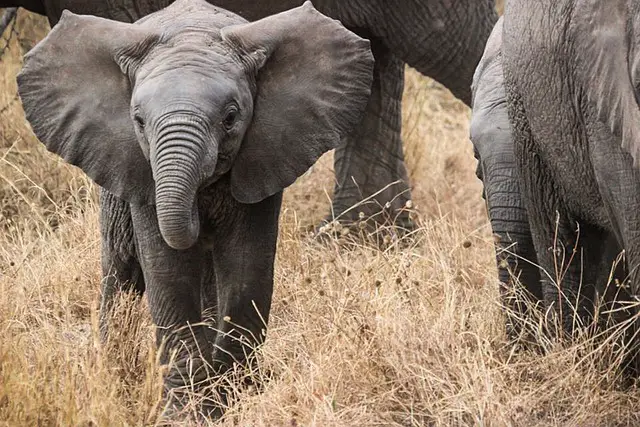
Serengeti National Park is one of the most popular and largest wildlife reserves in Africa, located in Tanzania.
What to see or do: Safari drives to see the “Big Five” animals (lions, elephants, leopards, buffalos, and rhinos), witness the annual wildebeest migration, hot air balloon safaris, bird watching, and camping.
Don’t miss: The Great Wildebeest Migration, which occurs from November to June, the Seronera River Valley for its concentration of wildlife.
Insider travel tips: Visit during the dry season (June to September) for better wildlife viewing but higher costs and fewer crowds. Bring warm clothing as it can get cold during early mornings and nights.
3. Zanzibar Island
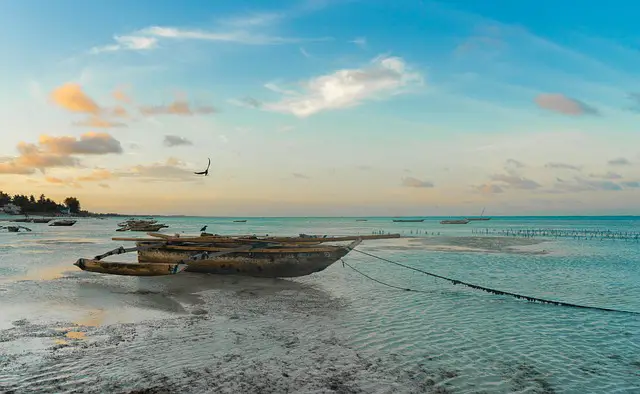
An exotic and historic island off the coast of Tanzania in East Africa.
What to see or do: Explore the winding streets and markets of the UNESCO-listed Stone Town, visit the Forodhani Gardens and sample the delicious street food, take a relaxing beach holiday on the white sand beaches and turquoise waters, go snorkeling or diving to explore the rich marine life, visit the Jozani Forest to see the endemic and endangered red colobus monkeys.
Don’t miss: Witnessing the traditional dhow boats sailing into the sunset, enjoying a sunset cocktail at a rooftop bar with stunning views of the Indian Ocean.
Insider travel tips: Haggle with vendors in the markets and don’t be afraid to walk away if the price is too high, take a spice tour to learn about the island’s history as a major spice exporter, and be mindful of cultural customs such as dressing modestly in public areas.
4. Lake Manyara National Park
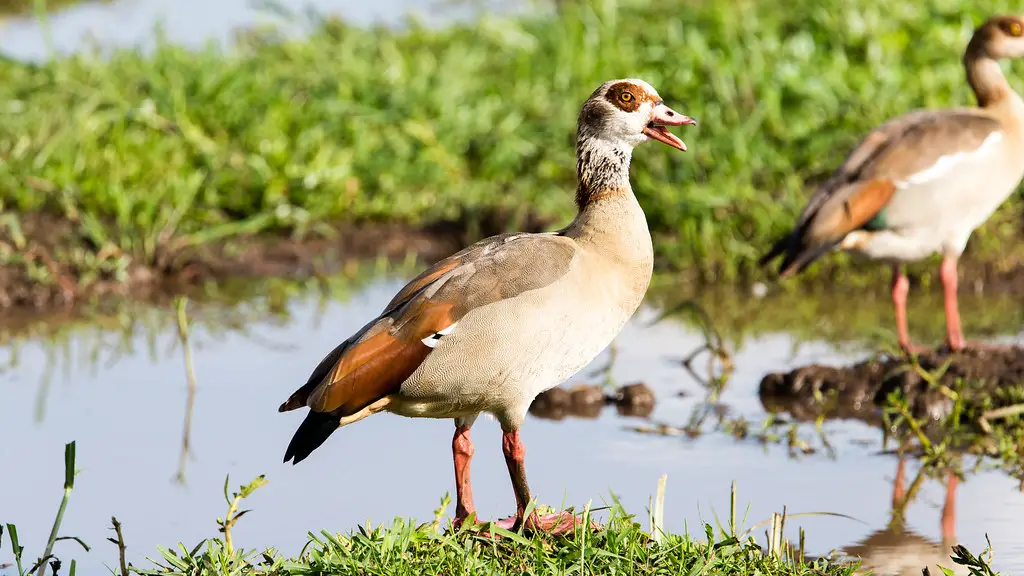
Lake Manyara National Park is a protected area in Tanzania that spans across a total land area of 325km² and consists of a soda lake, a forest reserve, and several different ecosystems that support a diverse range of wildlife.
What to see or do: Visitors can enjoy an array of activities such as game drives, birdwatching, cultural tours, nature walks, and even hot air balloon safaris.
There are over 400 bird species and several large mammals that can be spotted within the park, including elephants, giraffes, zebras, hippos, buffalos, and different primates such as baboons and blue monkeys.
Don’t miss: One of the highlights of Lake Manyara is the tree-climbing lions, a unique phenomenon that can only be observed in a few places in Africa.
It’s also worth visiting the alkaline lake, where thousands of pink flamingos migrate every year to feed on the algae that thrive in its saline waters.
Insider travel tips: The best time to visit the park is during the dry season, from June to October, when the wildlife gathers around the water sources and the vegetation is less dense.
5. Dar es Salaam
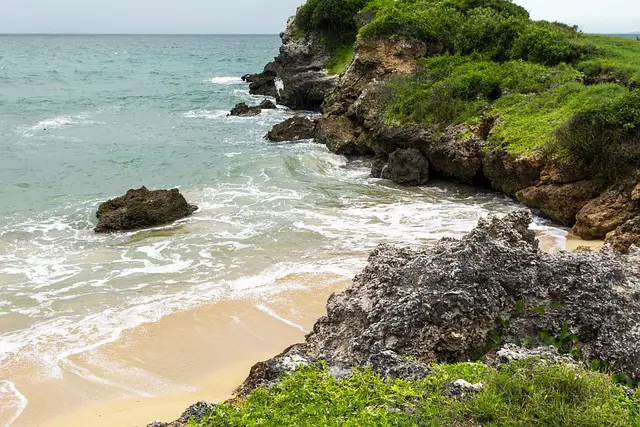
Dar es Salaam is the largest city and former capital of Tanzania, located on the Swahili coast.
What to see or do: Visit the National Museum of Tanzania to learn about the country’s history and culture. Take a stroll in the beautiful Botanical Gardens or venture to Mbudya Island for some beach relaxation.
The Mwenge Carving Market is a great place to purchase traditional Tanzanian souvenirs.
Don’t miss: The vibrant street markets of Kariakoo and Mkulima are a must-visit for those seeking a true taste of Tanzanian cuisine and a bustling local experience.
Insider travel tips: Avoid peak traffic times when traveling by car in Dar es Salaam, as the city can become heavily congested. It’s also recommended to dress modestly and carry cash in small denominations for market purchases.
6. Mikumi National Park
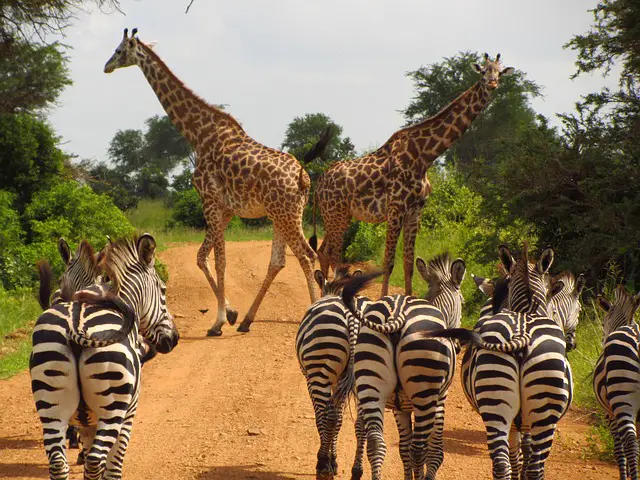
Mikumi National Park is a wildlife reserve located in Tanzania and is the fourth largest national park in the country.
What to see or do: Mikumi National Park is home to a wide variety of African wildlife, including elephants, giraffes, lions, zebras, and many more.
Visitors can take a safari tour to explore the park and get up close with these animals in their natural habitat.
Don’t miss: The park’s Mkata Floodplain is one of the best places in Tanzania to observe birdlife, with over 400 species calling it home.
Be sure to keep an eye out for the park’s resident elephants, which are often seen drinking at the park’s watering holes.
Insider travel tips: Avoid visiting during the rainy season (March to May) as it can make it difficult to spot wildlife. Also, consider hiring a local tour guide who can provide valuable insight and knowledge about the park’s wildlife and ecosystem.
7. Kilimanjaro National Park
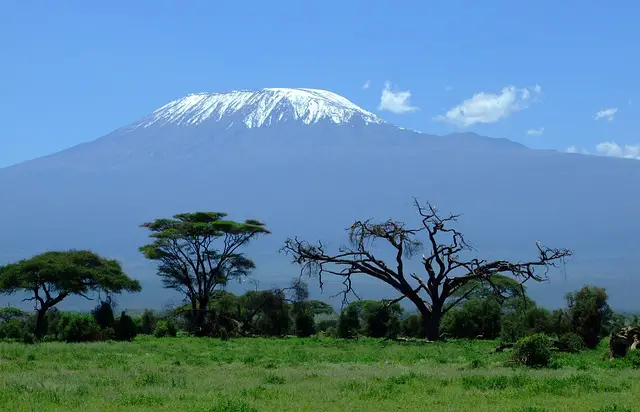
A national park in Tanzania located around Mount Kilimanjaro, the highest peak in Africa.
What to see or do: Trek to the top of Mount Kilimanjaro, spot wildlife such as elephants, leopards, and monkeys, explore the lush rainforest, and visit nearby Masai villages.
Don’t miss: Climbing the summit of Mount Kilimanjaro, watching the sunrise from Uhuru Peak, and taking a guided tour to the Shira Plateau.
Insider travel tips: Remember to acclimate to the altitude, book your excursion with a reputable guide, bring appropriate clothing and gear, and consider visiting during the dry season for the best views and weather conditions.
8. Pemba Island
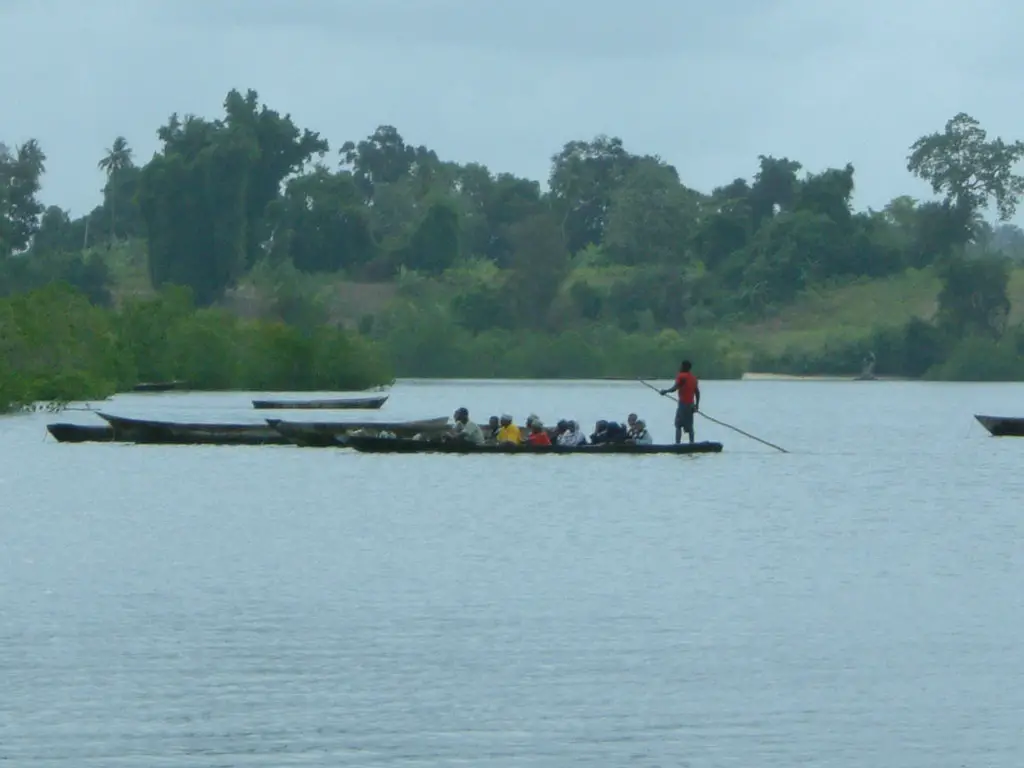
Pemba Island is a lesser-known gem off the coast of Tanzania, known for its stunning beaches, lush forests, and crystal-clear waters.
What to see or do: Relax on the secluded beaches, snorkel or dive in the pristine waters to spot colorful coral reefs and marine life, explore the Ngezi Forest Reserve for unique flora and fauna, and visit the ancient ruins of Pujini for a glimpse of the island’s rich history.
Don’t miss: The Manta Resort’s popular underwater room, where you can spend the night in a floating glass-walled chamber, surrounded by schools of tropical fish.
Insider travel tips: – Pemba Island is less crowded than Zanzibar but equally beautiful, so consider it as a more secluded alternative.
9. Selous Game Reserve
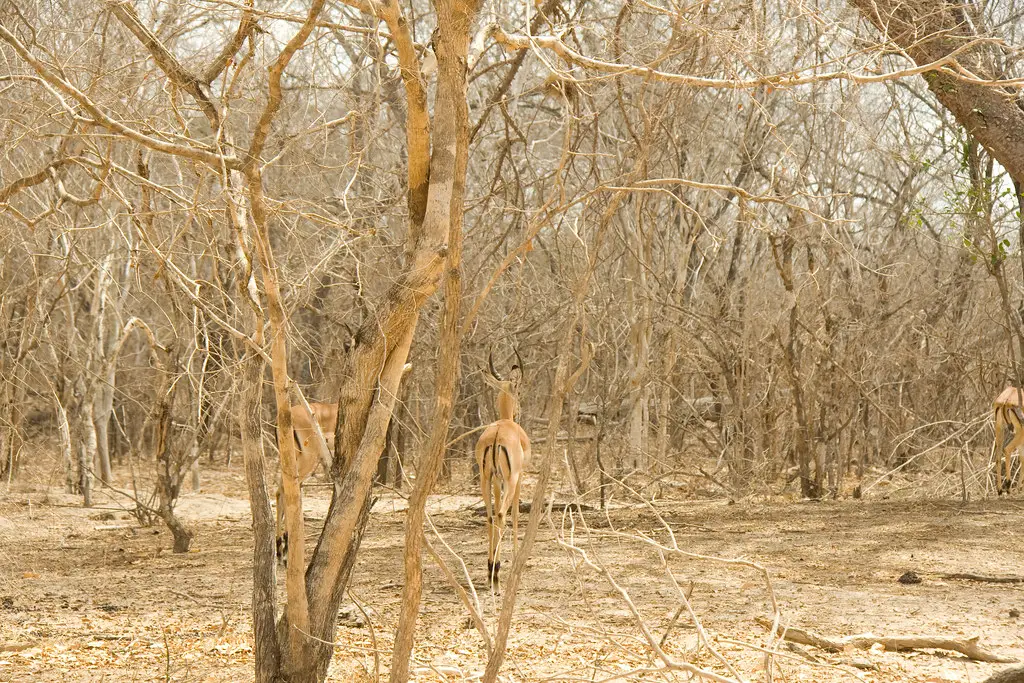
Selous Game Reserve is a wild and remote conserved area in southern Tanzania, covering over 50,000 square kilometers, making it one of the largest game reserves in Africa.
What to see or do: Selous Game Reserve offers a wide range of activities, including game drives, walking safaris, boat safaris, and fishing.
Visitors can spot a diverse range of wildlife, including elephants, lions, hippos, crocodiles, wild dogs, and over 440 species of birds.
Don’t miss: A boat safari on the Rufiji River is a must-do in Selous Game Reserve.
The water safari allows you to observe hippos, crocodiles, and other aquatic animals up close, plus a chance to see wildlife coming for a drink at the riverbank.
Insider travel tips: If you want to have an enthralling safari experience in Selous Game Reserve, plan your visit during the dry season from June to September, where game viewing would be a lot easier as animals would be concentrated around the few remaining water sources.
Also, consider staying in one of the private reserves within Selous Game Reserve, as they offer a more exclusive and intimate game experience.
10. Mafia Island
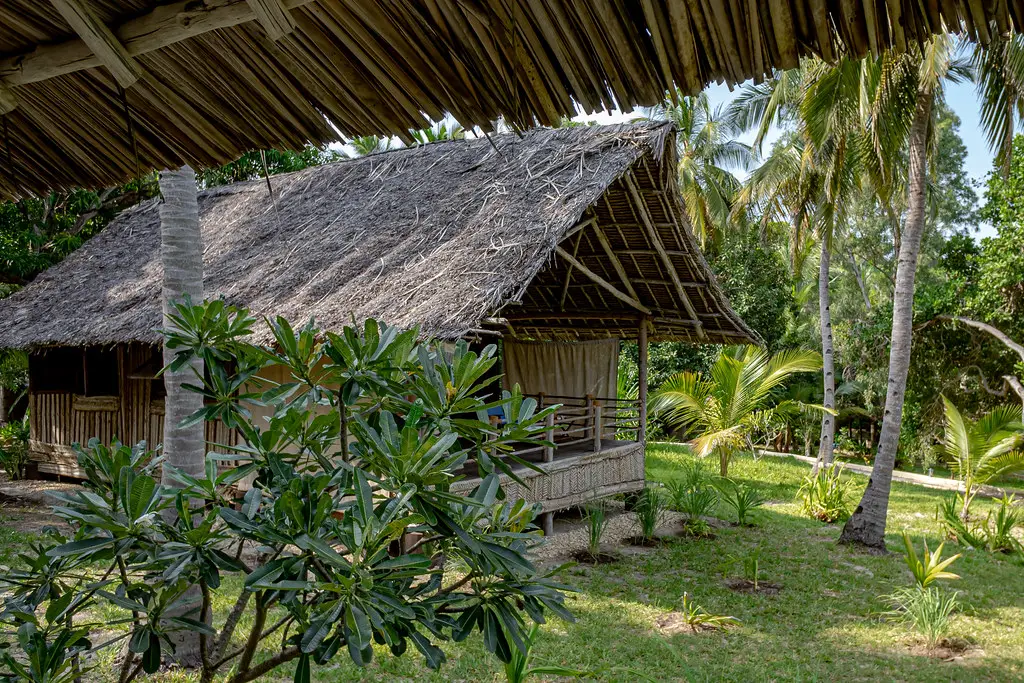
A small island located off the coast of Tanzania in East Africa.
What to see or do: Snorkeling, scuba diving, fishing, and relaxing on the beach.
Don’t miss: Swimming with whale sharks, exploring the marine park, and visiting the Chole Island ruins.
Insider travel tips: Stay in a beach bungalow or eco-lodge for an authentic experience, bring cash as there are limited ATMs on the island, and try the local seafood cuisine.
Also, be respectful of the local culture and customs.
11. Rubondo Island National Park

Rubondo Island National Park is a stunning national park located on Rubondo Island in Lake Victoria, Tanzania.
What to see or do: Go on a game drive to see the park’s diverse wildlife including elephants, giraffes, chimpanzees, hippos, and many species of birds.
Don’t miss: The chance to go on a guided fishing expedition on Lake Victoria to catch Nile perch, a popular game fish.
Insider travel tips: The park can only be reached by plane or boat, and there are limited accommodations on the island.
12. Bagamoyo
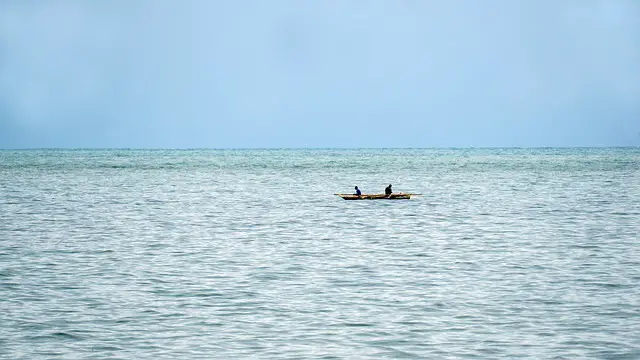
Bagamoyo is a historical town located in Tanzania, East Africa.
What to see or do: Visit the Bagamoyo Old Town – walk along the narrow streets and see the old colonial buildings.
Don’t miss: The Bagamoyo Festival of Arts and Culture, held every August.
Insider travel tips: Bagamoyo is a 1-2 hour drive from Dar es Salaam, so it’s a perfect day trip destination.
13. Usambara Mountains
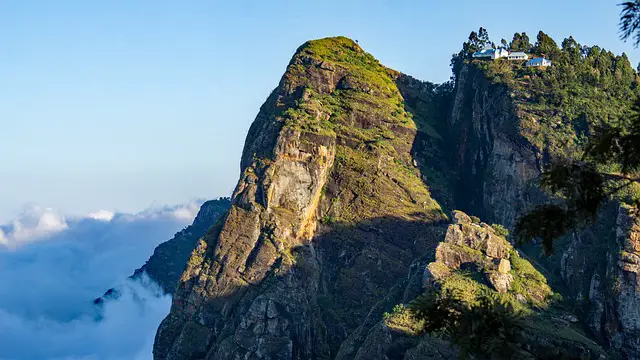
The Usambara Mountains are a mountain range in Northeast Tanzania, part of the Eastern Arc Mountains.
What to see or do: Visitors to the Usambara Mountains can enjoy trekking through lush rainforests, visiting local villages and markets, and taking in stunning views of the surrounding landscapes.
There are also several nature reserves in the area, such as the Amani Nature Reserve, which is home to a variety of wildlife and bird species.
Don’t miss: One of the top attractions in the Usambara Mountains is the Lushoto town market, where visitors can experience the vibrant energy of the local community and sample fresh produce.
The Usambara Mountains are also known for their tea plantations, which offer a unique glimpse into Tanzania’s agricultural heritage.
Insider travel tips: It’s best to visit the Usambara Mountains during the dry season (June to October), as the roads can be difficult to navigate during the rainy season.
Be sure to bring sturdy hiking shoes and warm clothing, as temperatures can drop significantly at higher elevations.
Additionally, hiring a local guide is recommended for trekking and exploring the area, as they can provide valuable insight into the local culture and ecology.
14. Gombe Stream National Park
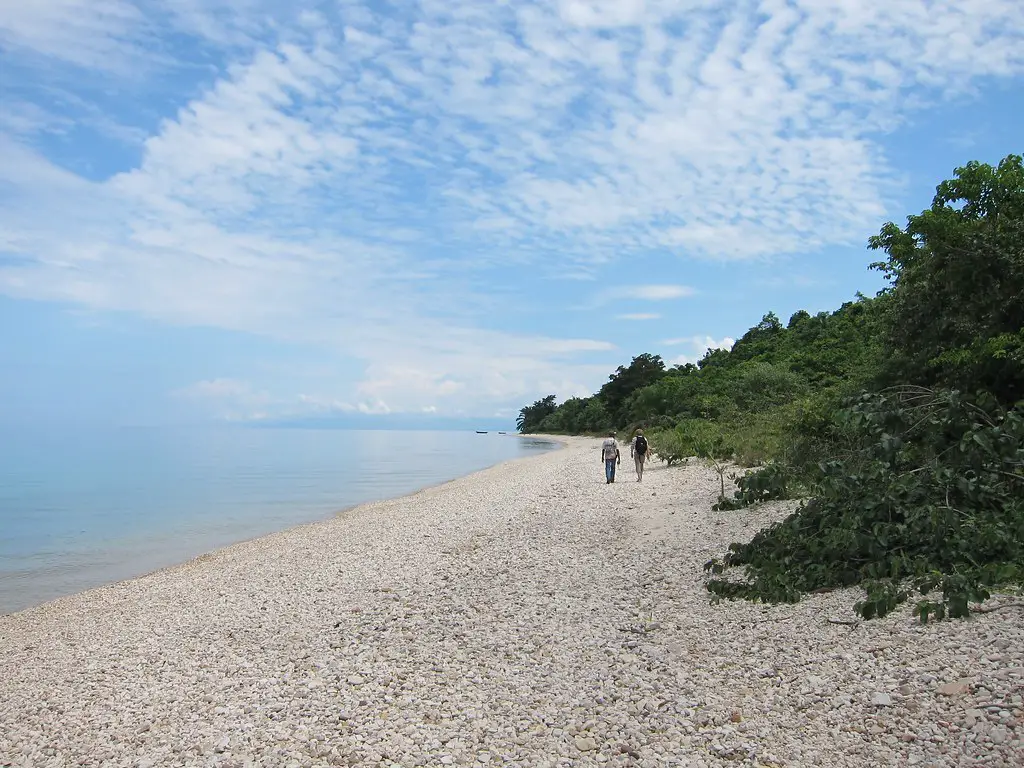
Gombe Stream National Park is a national park in Tanzania, famously known for its chimpanzees and primate research.
What to see or do:
Don’t miss:
Insider travel tips:
15. Olduvai Gorge

A significant paleoanthropological site and geological formation located in the Great Rift Valley in Tanzania.
What to see or do: Visitors can see the various layers of sediment and rock dating back millions of years ago and learn about the early hominids that inhabited the region.
The Olduvai Gorge Museum offers displays of fossils, tools, and other artifacts of human evolution.
Don’t miss: The opportunity to see the famous remains of early human species, including the Australopithecus boisei and Homo habilis.
Insider travel tips: Visitors should bring sunscreen, a hat, and plenty of water as the site can get very hot during the day. It is also best to hire a knowledgeable guide to fully appreciate the site’s historical significance.
16. Ruaha National Park
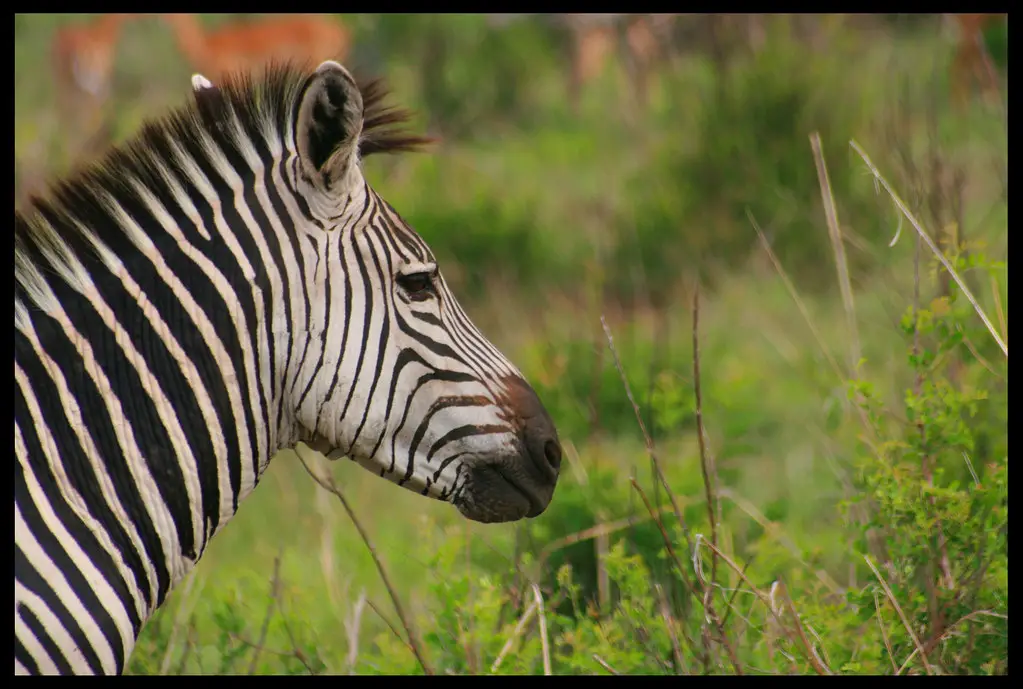
Ruaha National Park is the largest national park in Tanzania, covering an area of over 20,000 square kilometers.
It’s located in the Southern part of Tanzania and is home to diverse plant and animal life, including elephants, lions, giraffes, and more.
What to see or do: Embark on an unforgettable safari adventure through the park’s rugged terrain and see a variety of wildlife. Take a boat ride on the Great Ruaha River, spot crocodiles, hippos, and various bird species.
Camp under the stars and immerse yourself in the wilderness.
Don’t miss: The breathtaking scenery and views from the summit of Ideremle Mountain are a must-see. Witness the stunning sunset over the Itungi Plains and soak up the magical atmosphere.
Insider travel tips: Visit the park between June and October when the dry season is at its peak and animals gather at various water sources.
17. Saadani National Park
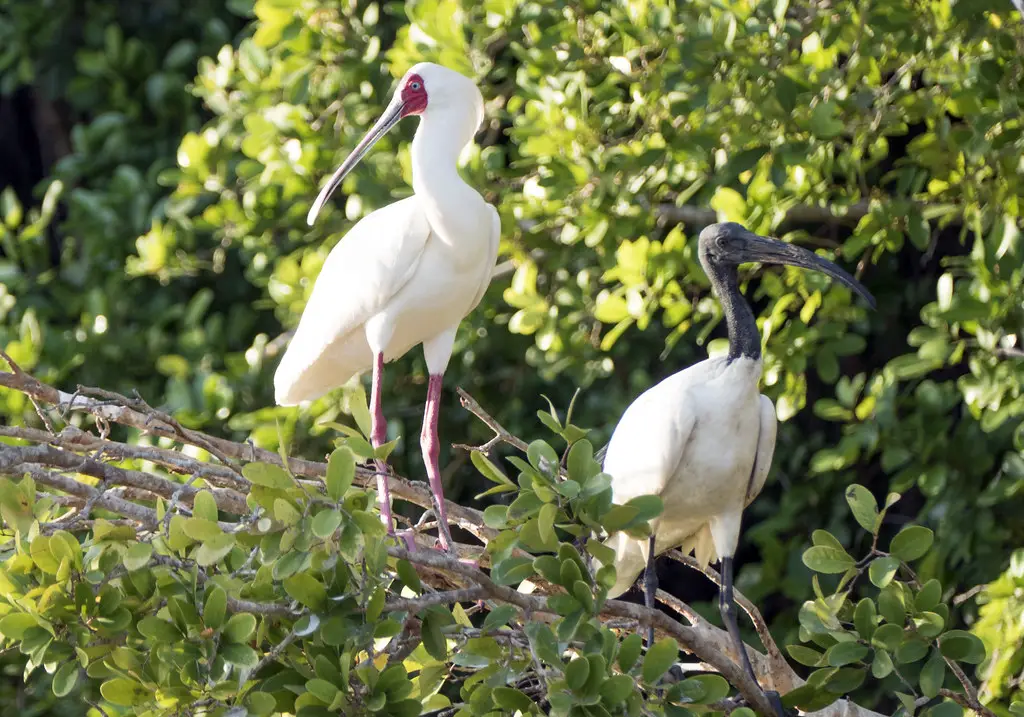
Saadani National Park is the only national park in Tanzania that borders the sea. It covers an area of 1062 square kilometers and is located in the historical Saadani village in the Bagamoyo district.
What to see or do: Visitors can witness the Big Five – elephant, lion, leopard, buffalo, and rhino – as well as other wildlife such as giraffes, zebras, and wildebeests.
The Wami River is a popular spot for boat safaris, where you can spot hippos, crocodiles, and a variety of bird species.
Don’t miss: The beaches in Saadani are breathtaking and offer an opportunity to relax and unwind after an adventurous safari. Make sure to also visit Saadani village to learn more about the local culture and customs.
Insider travel tips: The best time to visit Saadani National Park is during the dry season, from June to October, when the wildlife is concentrated near water sources.
It is recommended to hire a guide who is familiar with the area and can provide insight on the different animal behaviors.
Additionally, mosquito repellent is a must, especially during the rainy season.
18. Mkomazi National Park
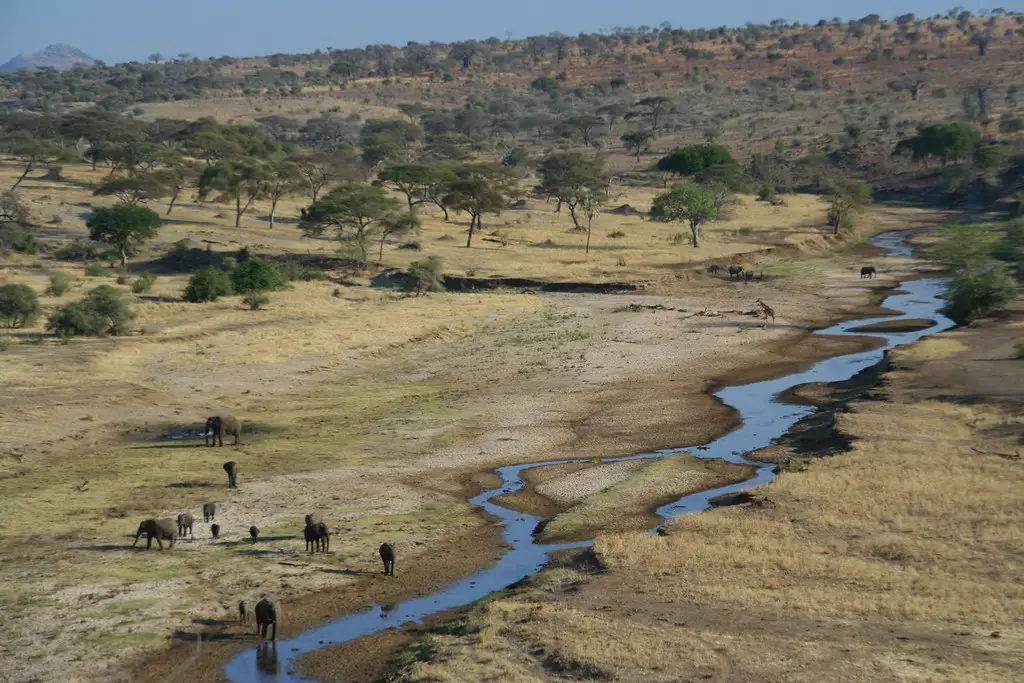
Mkomazi National Park is a protected area located in northeastern Tanzania, covering an area of over 3,200 square kilometers.
What to see or do:
Don’t miss:
Insider travel tips:
19. Mahale Mountains National Park
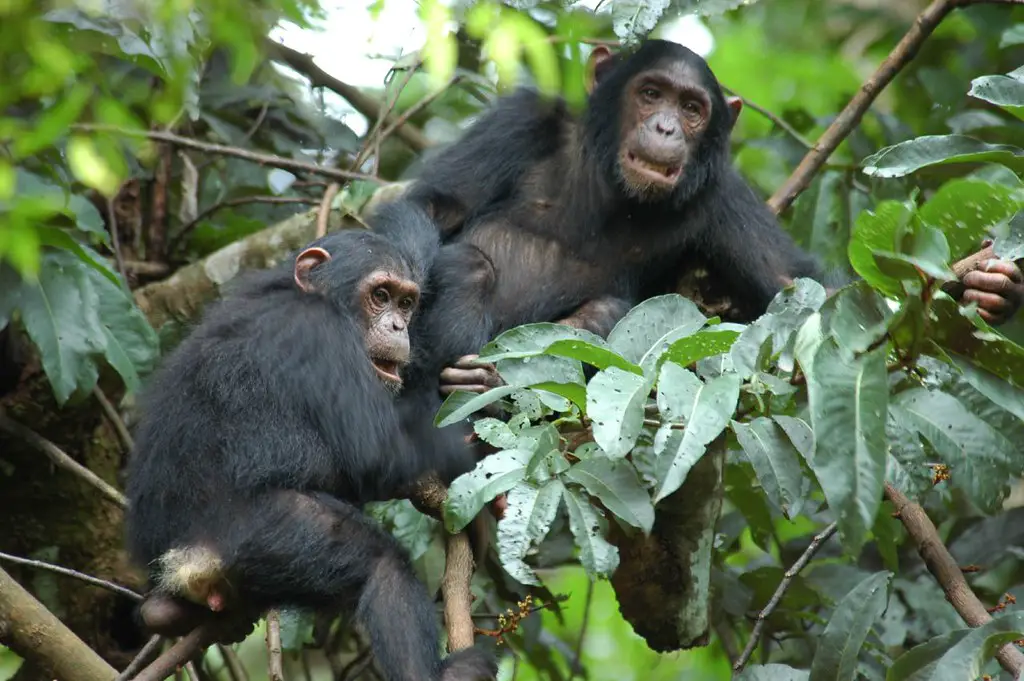
Mahale Mountains National Park is a protected area in Tanzania, located on the eastern shore of Lake Tanganyika.
What to see or do: The park is home to a large population of chimpanzees, offering visitors the opportunity to observe and study these intelligent primates in their natural habitat.
Other wildlife includes baboons, elephant, leopard, and various types of birds. Visitors can also enjoy hiking, swimming, and fishing in the clear waters of Lake Tanganyika.
Don’t miss: A visit to the Mahale Mountains to see the chimpanzees is a must-do activity when visiting the park. The park is also known for its beautiful beaches and stunning sunsets.
Insider travel tips: The best time to visit the park is during the dry season, from May to October.
20. Pangani
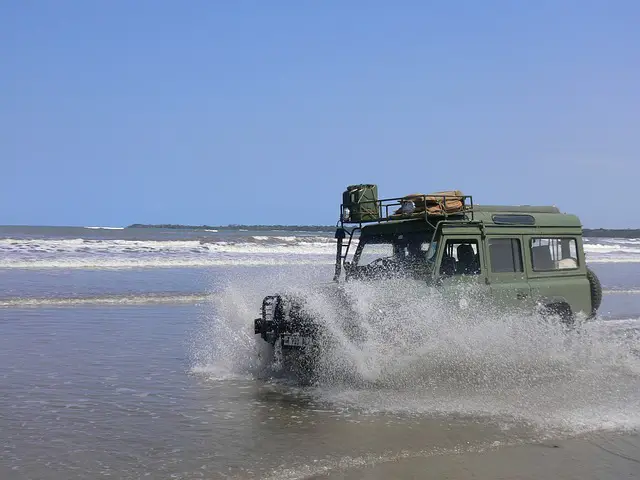
A coastal town in Tanzania with a rich Swahili and Arab history.
What to see or do: Visit the Pangani River and explore the mangroves by boat, take a trip to the stunning beaches of Maziwe Island, or tour the historic buildings and mosques in the town center.
Don’t miss: The vibrant local market, where you can taste fresh seafood and tropical fruits, and the ruins of the 15th-century trading post.
Insider travel tips: Take a guided tour to learn more about the town’s history and culture, and consider visiting during the off-season to avoid crowds and enjoy more affordable accommodations.
Don’t forget to bring mosquito repellent as the area is prone to Malaria.
21. Katavi National Park
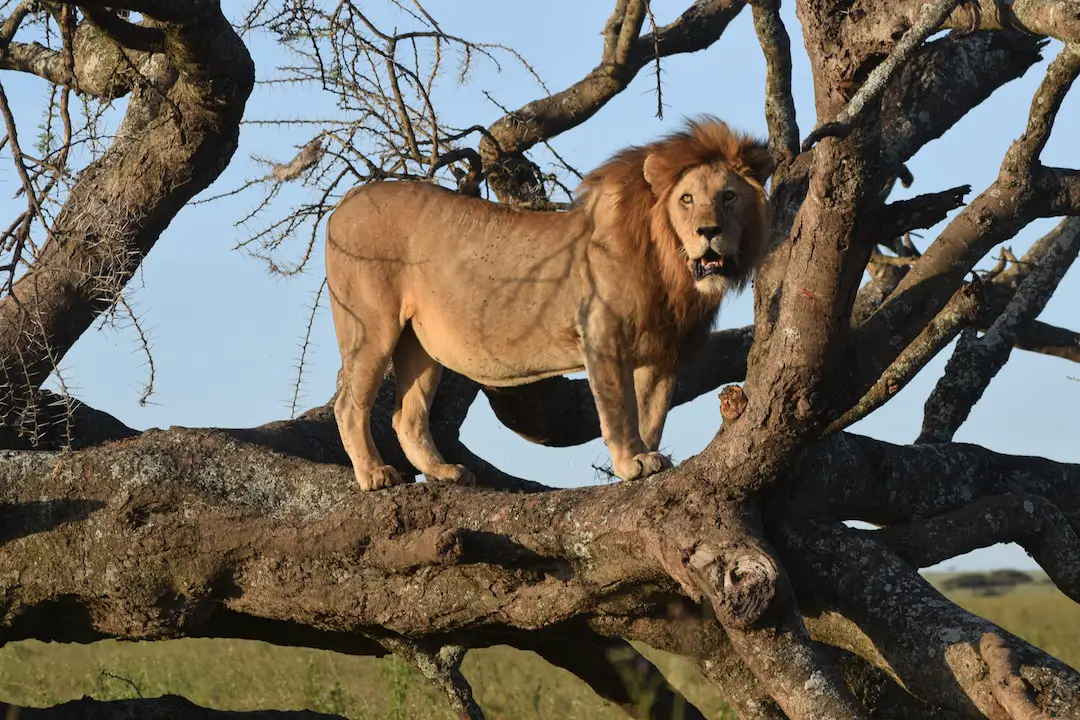
Katavi National Park is a remote and pristine wildlife reserve located in western Tanzania.
What to see or do:
Don’t miss:
Insider travel tips:
22. Udzungwa Mountains National Park

Udzungwa Mountains National Park is a stunning protected area in Tanzania that stretches over 1,990 square kilometers in the Eastern Arc Mountains.
The park is home to a vast array of flora and fauna, including rare primates, birds, and plants.
What to see or do: Take a guided hiking tour through the park’s lush forests and discover unique wildlife and sheer cliffs.
The Sanje Waterfall hike is an excellent option, where you can marvel at the tallest waterfall in Tanzania, reaching over 170 meters high.
Alternatively, trek through the forest to spot rare primates such as the Iringa red colobus, the rare Udzungwa red colobus monkey, or the Sanje Crested Mangebey.
Don’t miss: Don’t miss the chance to climb Udzungwa’s highest peak, Luhombereo (2,600 meters). The climb is challenging, but the view from the top is worth it.
Insider travel tips: It’s crucial to note that, due to conservation efforts, visitors can only access the Udzungwa Mountains National Park by foot. Make sure to wear comfortable, sturdy footwear and pack plenty of water.
Also, consider hiring a local guide to get the most out of your visit and ensure your safety during your trek.
23. Lake Victoria
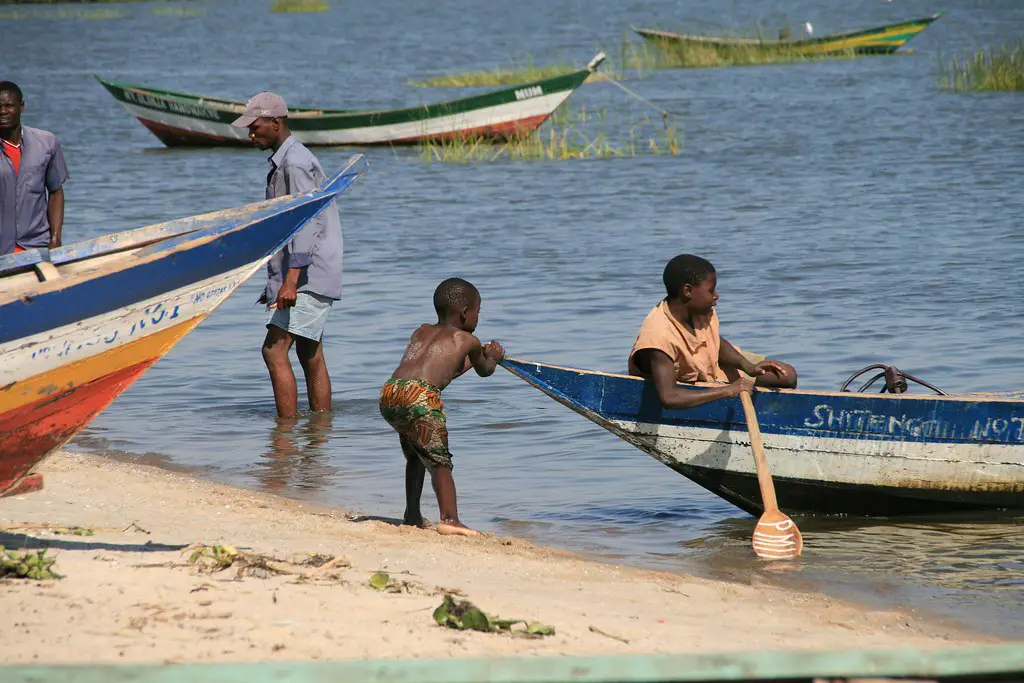
Lake Victoria is the largest lake in Africa and the second largest freshwater lake in the world.
What to see or do: – Visit the beautiful Ssese Islands and enjoy the sandy beaches, sailing, and fishing.
Don’t miss: – The annual Bukoba fishing festival in Tanzania which celebrates the lake’s importance to the local communities.
Insider travel tips: – Be cautious of the bilharzia parasites in the lake and avoid swimming in some areas.
24. Arusha National Park
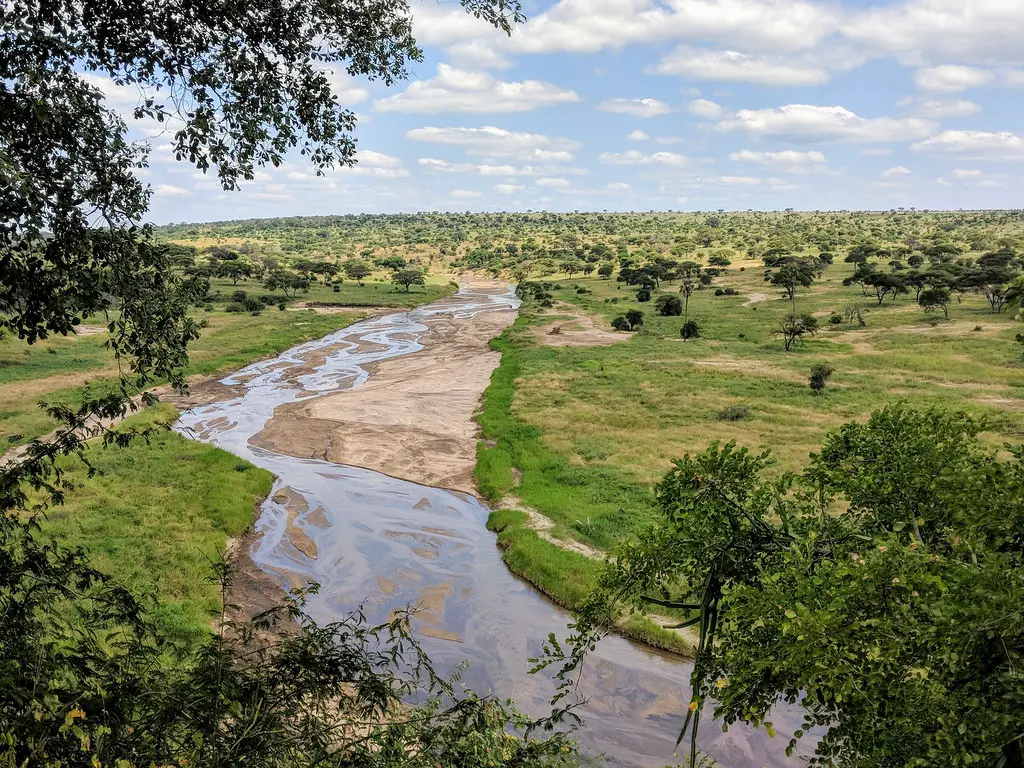
Arusha National Park is located in Northern Tanzania and covers an area of 137 square kilometers.
What to see or do: – Go on a game drive to spot wildlife such as buffalos, giraffes, zebras, flamingos, and more.
Don’t miss: – The Ngurdoto Crater, a collapsed volcano with an abundance of wildlife wandering around the crater floor.
Insider travel tips: – The best time to visit Arusha National Park is during the dry season from June to October, as the wildlife is easier to spot.
25. Tanga

A lively city located on the northern coast of Tanzania.
What to see or do: Visit the Tanga Museum to learn about the city’s history, relax on the white sand beaches of Pangani and Saadani National Park, explore the Amboni Caves, and go snorkeling or diving in the Indian Ocean.
Don’t miss: The Usambara Mountains, home to lush green landscapes, waterfalls, and hiking trails. Also, make sure to try the local food, including pilau rice and grilled seafood.
Insider travel tips: Bargain with the local vendors at the Tanga City Market for the best prices, stay in one of the beachside eco-lodges for a unique experience, and take a dhow boat cruise to explore the nearby islands.
Additionally, be aware of your surroundings at night and avoid walking alone in secluded areas.
26. Kondoa Rock-Art Sites
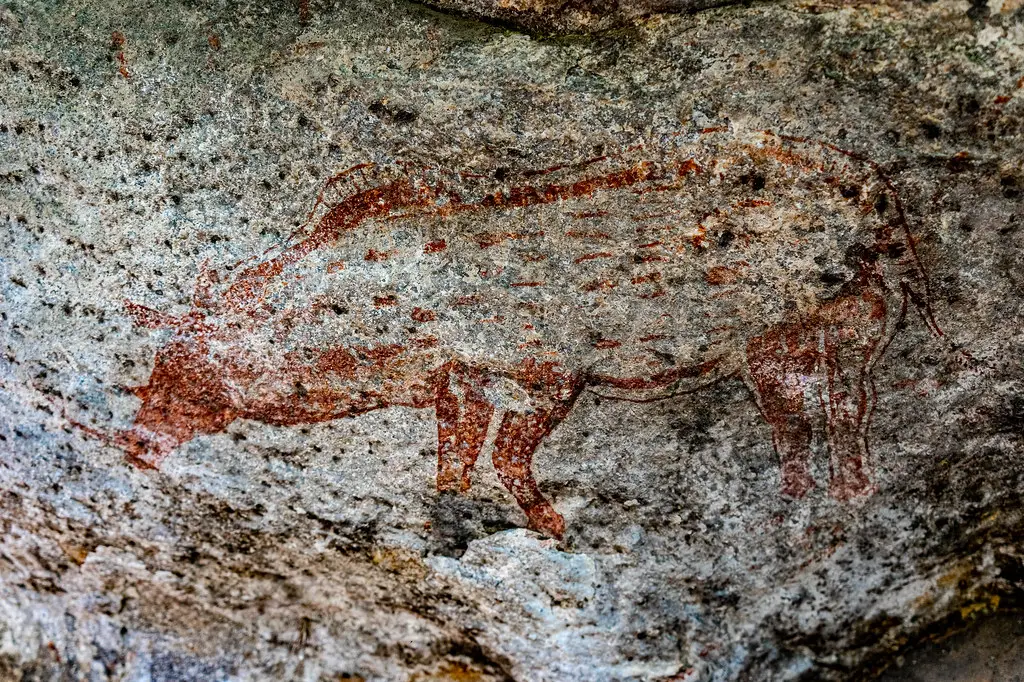
A collection of over 150 painted rock-art sites in central Tanzania dating back to 2000 years.
What to see or do: Explore the Kondoa rock-art sites and discover ancient rock paintings that showcase the life and traditions of Tanzania’s early inhabitants. The art depicts hunting scenes, animals, human figures, and geometrical designs.
Don’t miss: Don’t miss the opportunity to visit the most impressive sites – the Nyama Choma (burnt meat), Kolo, and Kisese sites.
Insider travel tips: To fully immerse yourself in the experience, hire a local guide familiar with the area’s history and cultures.
It’s important to note that the site is a UNESCO World Heritage Site, so visitors should be respectful of the paintings and artifacts and follow the guidelines closely while visiting.
27. Kitulo Plateau National Park

Kitulo Plateau National Park is a Tanzanian national park that is located on the Kitulo Plateau in southern Tanzania.
What to see or do: The highlight of Kitulo Plateau National Park is without a doubt the stunning wildflowers that bloom from December to April. Visitors can also take in panoramic views of the surrounding landscape, and explore the park’s many hiking trails.
The park is also home to a variety of wildlife, including birds, butterflies, and primates.
Don’t miss: The wildflowers are the main attraction at Kitulo Plateau National Park, so make sure you take the time to appreciate them while you’re there.
The park is also home to some rare and endangered plant species, so keep an eye out for these as well.
Insider travel tips: – The best time to visit the park is during the wildflower season, which runs from December to April.
28. Bongoyo Island
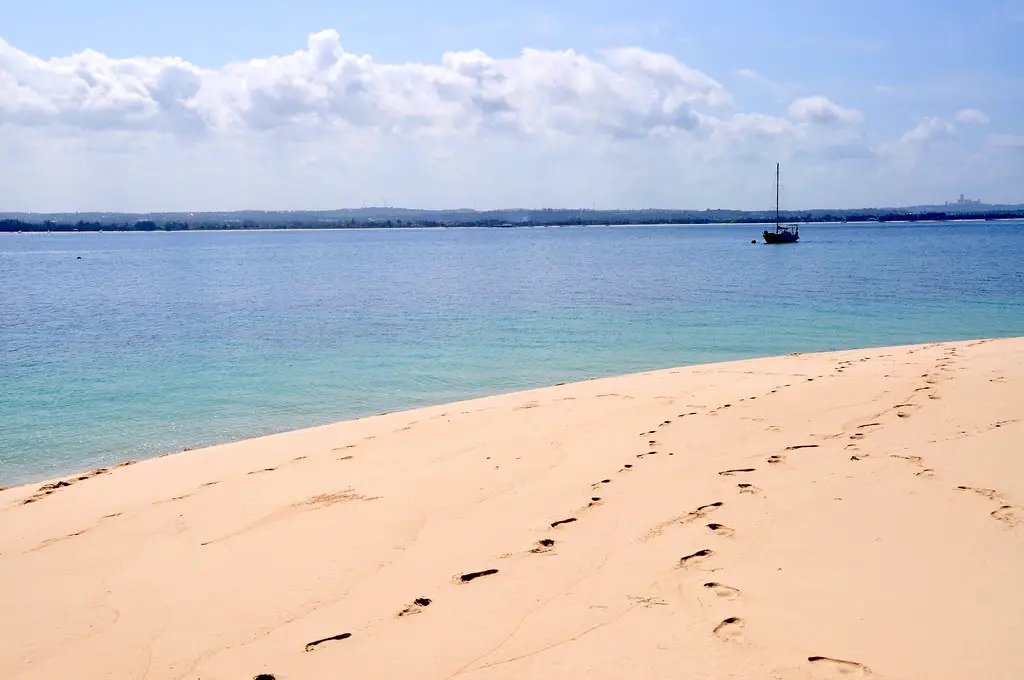
A small uninhabited island located off the coast of Dar es Salaam, Tanzania.
What to see or do: Swim in the clear turquoise waters, relax on the sandy beaches, explore the coral reefs while snorkeling, and hike through the island’s forest to see diverse bird species.
Don’t miss: Eating fresh seafood at the island’s restaurant and watching the picturesque sunset over the ocean.
Insider travel tips: Remember to bring enough cash as there are no ATMs on the island. Consider visiting during the week to avoid crowds.
Bring your own snorkeling gear to save money on rentals.